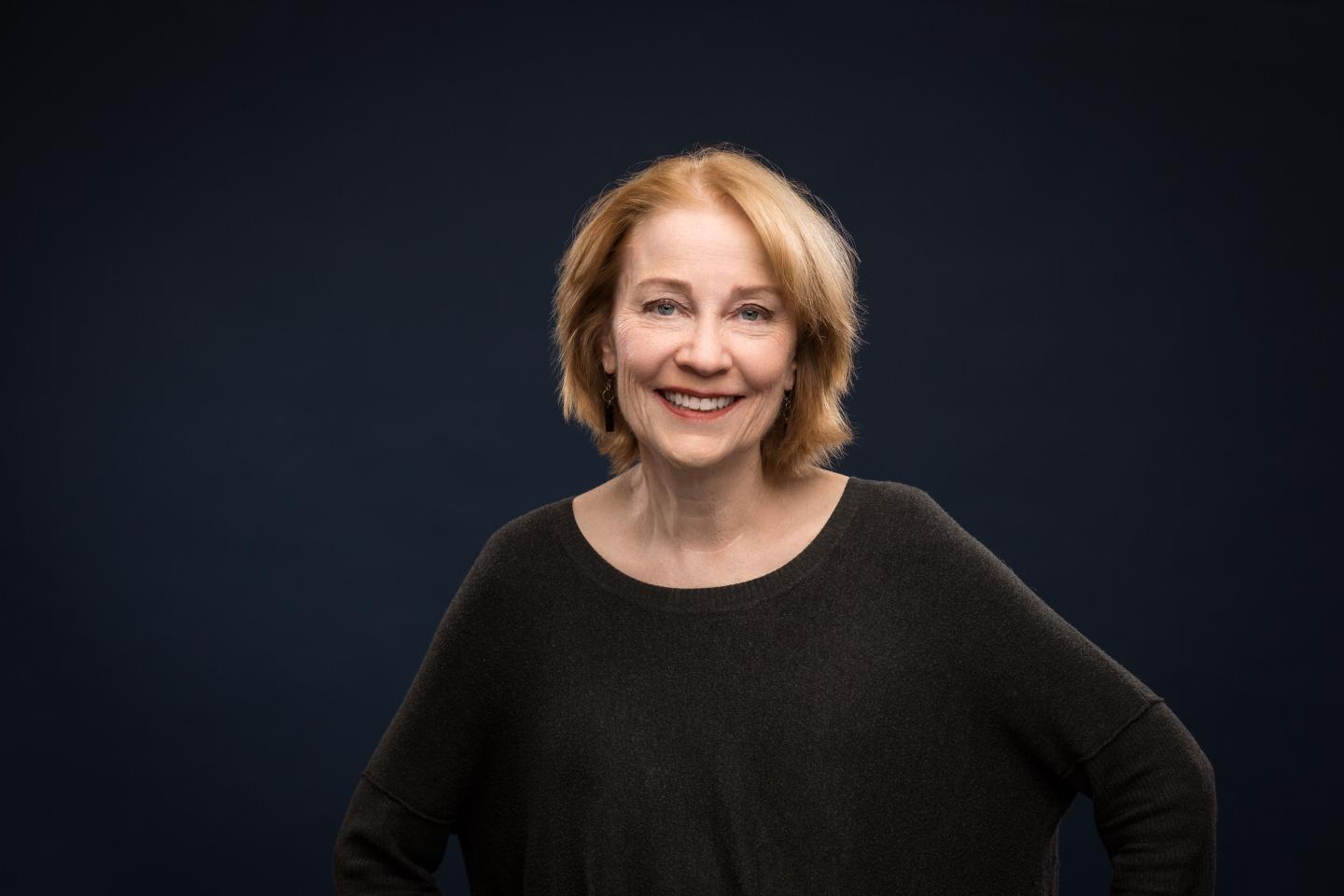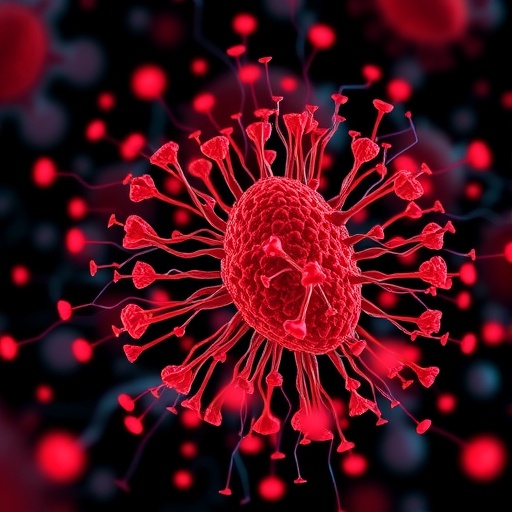
Credit: Penn Nursing
PHILADELPHIA (June 11, 2019) – History provides an enhanced understanding of the factors that inform social policy. In the wider arena of public health and its influence on social change, the political and healing import of nursing cannot be ignored.
In an editorial published in The American Journal of Public Health titled “The Great Flu and After: Why the Nurses?” Penn Nursing’s Patricia D’Antonio, PhD, RN, FAAN, the Carol E. Ware Professor in Mental Health Nursing; Chair of the Department of Family and Community Health; Director of the Barbara Bates Center for the Study of the History of Nursing; and Senior Fellow at the Leonard Davis Institute of Health Economics provides an historical perspective illustrating how nursing has influenced the cultural and social dimensions of public health policies and practices.
In the editorial, D’Antonio broadens the impact of an article in the same issue about how the role of Black American nurses during the 1918 – 1919 influenza pandemic incrementally advanced civil rights and provided some greater opportunities for Black nurses overall.
D’Antonio suggests that the history of nurses and nursing can move beyond just important events and actors; it can help provide answers to questions about how agendas around change in public health policy and practice might also change attitudes and beliefs; how self-interest or group interest may intersect with broader issues of social justice; and if harm reduction policies are appropriate steps when ultimate goals are for broad-based prevention.
“We can see the illustrative power of how this group of clinicians, and the discipline they represent, allow us to more fully understand the nature of social and political change,” said D’Antonio. “Through historical analysis like this, we can see how nurse have used opportunities when there were increased demands for their care to challenge their marginalization or exclusions from larger issues of policy or practice.”
###
About the University of Pennsylvania School of Nursing
The University of Pennsylvania School of Nursing is one of the world’s leading schools of nursing. For the fourth year in a row, it is ranked the #1 nursing school in the world by QS University and is consistently ranked highly in the U.S. News & World Report annual list of best graduate schools. Penn Nursing is currently ranked # 1 in funding from the National Institutes of Health, among other schools of nursing, for the second consecutive year. Penn Nursing prepares nurse scientists and nurse leaders to meet the health needs of a global society through innovation in research, education, and practice. Follow Penn Nursing on: Facebook, Twitter, LinkedIn, & Instagram.
Media Contact
Ed Federico
[email protected]
Original Source
https:/
Related Journal Article
http://dx.




